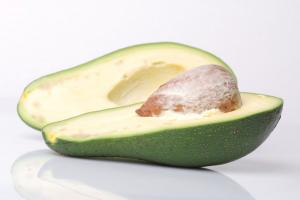Ramet propagation of Phoenix tailed orchid
Phoenix tailed orchid is still easy to take root. As long as the top of the stem is cut in spring, but it's best to have some leaves on the stem. Throw the lower leaves away and load them into the soil, and then pour more water to keep the soil moist. Leave as few fleshy roots as possible after the new plants sprout. The new plants are slightly larger. Those with roots can be planted directly, and those without roots can be used as cuttings. After planting, they can take root in a cool place, and can be placed in a sunny place for about 50 days

Cutting propagation of Phoenix tailed orchid
In spring or early summer, cut the stem and remove the leaves, each section is about 10-15cm long, prepare the cutting bed, then open the ditch, put the cutting side down in the ditch, and then cover it with 4-6cm soil. After planting, water the soil to keep it moist, but don't water too much. After a month, it can take root and sprout and grow into new plants

Sowing and propagation of Phoenix tailed orchid
The seed reproduction of Phoenix tailed orchid needs the help of artificial pollination, which can improve the seed setting rate. Artificial pollination is best carried out in May, the seeds will mature after 70 days, and the seedlings will appear about a month after sowing in September. Of course, you can also wait until spring for spring sowing

The above is the propagation method of Phoenix tailed orchid. It can propagate not only by splitting and cutting, but also by sowing seeds. Therefore, if you are interested in Phoenix tailed orchid, you might as well try these propagation methods< span>

 how many times do yo...
how many times do yo... how many planted tre...
how many planted tre... how many pine trees ...
how many pine trees ... how many pecan trees...
how many pecan trees... how many plants comp...
how many plants comp... how many plants can ...
how many plants can ... how many plants and ...
how many plants and ... how many pepper plan...
how many pepper plan...






























